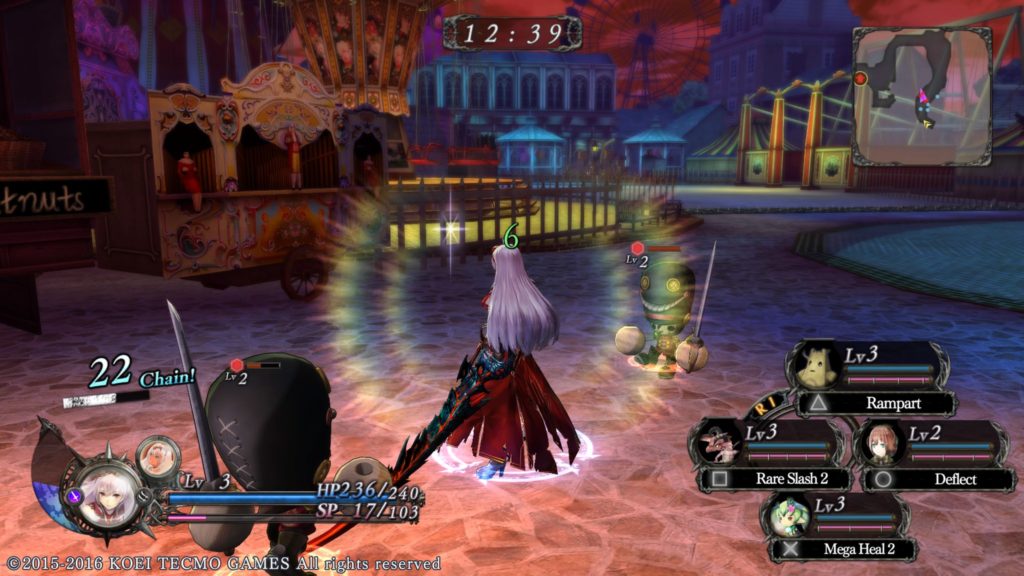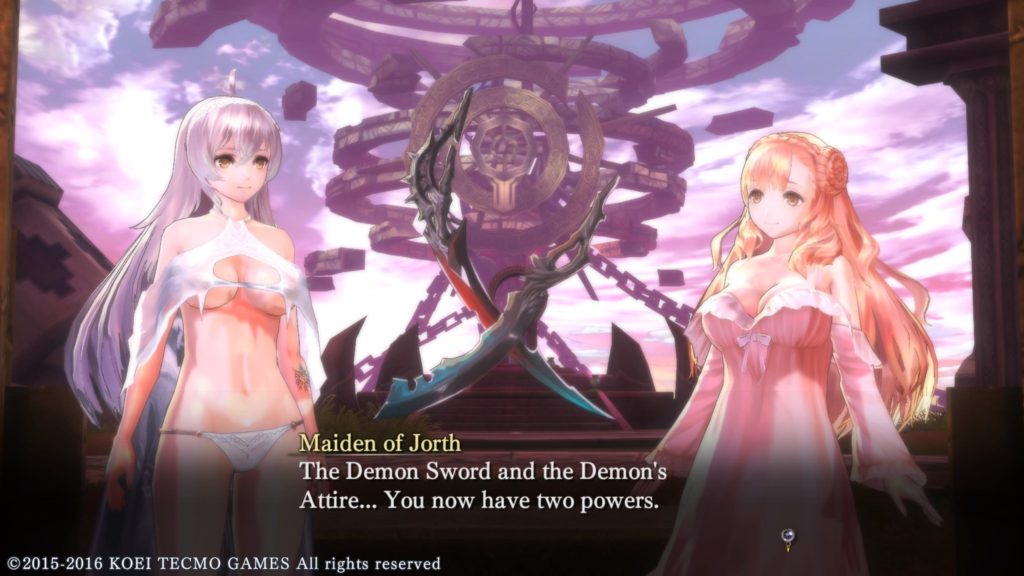- Genre: JRPG
- Platform: PS4
- Also Available On: Switch, Steam
I’ve always been a general fan of the Atelier series, even back to the days of the PS2. There’s always been a fun loop there of going out into the world, finding materials, then coming back and using alchemy to create new items and gear. However, it wasn’t often that I was actually completing the games. They were generally pretty mechanically light, so while they were fun, they wore out their welcome before the end. Ryza is the one that feels like they’ve finally pulled it all together. This is still a distinctly AA JRPG, but improved combat and the return of the fun alchemy loop have really moved the series forward in a good way.
If all a JRPG has is good combat, it’s more than likely going to be a game that I enjoy, and Ryza really went and nailed that. This one has an interesting mix of different mechanics at play. It’s got a real time turn meter, a mix of skills and items for offensive and defensive maneuvering and front/back rows for some light positioning. Those mechanics should feel instantly familiar. It also brings in the stun meter that Final Fantasy 15 and 7 Remake used. What it does that’s unique is the tactics meter, combined with action points.
The action point system feeds into the rhythm of combat, and that’s something that I’ve mentioned here before. When combat is working well it feels like a rhythm, and that comes together here. Action points are built up by basic attacks. You’ve got two choices – you can use them to execute skills or you can save them up and increase the team’s tactics level. Increasing the tactics level makes skills stronger and opens up longer basic attack chains, at the cost of losing all existing action points. For boss fights, this is where the rhythm comes in.
You can play defensively and keep your action points around in case you need to dump them into heels. On the other hand, you can increase your tactics level to build up AP faster and make your skills stronger, at the potential cost of not having any AP ready for healing if the boss hits you hard. This puts the boss fights into a situation where you kind of play in waves – dump a bunch of AP to get a tactics increase, then hold back a bit to refresh the party before going back on the tactics offensive. The boss will then occasionally go into a mode where they have a telegraphed nuke attack, and at that point it’s all hands on deck dumping every item and skill attack into the boss to try to stun it before the nuke.
When executed well, this back and forth is extremely gratifying. You get to a point where you can really plan out rounds ahead what you’ll need to be doing, what your plan will be, and how to get there. When it turns out right, it’s as good as any turn-based JRPG out there. When it turns out wrong? Well, you learned something for the next attempt.
The alchemy side is just as gratifying, even if it’s where some UX improvement needs start to show up. Everything you do in the game ends up being important to alchemy. Killing things gets ingredients, gathering things in the world gets ingredients, side quests and activities get ingredients. You take all of that junk back and spin it into things that are actually useful for you. Crafting the right combination of ingredients to get a new weapon with a ton of extra stats? Fantastic feeling. Use the right material to get some life drain onto your gear? You’ve just actively made combat easier. Want to go into a high attack power glass cannon build? It’s up to you, add +attack instead of +defense to your armor, and play it how you want to. It’s a system that is incredibly good at allowing you to tailor your builds to how you want to play the game, and it really doesn’t do anything to prevent you from trying extremely stupid shit. It’s the best thing that can happen when a game lets you go nuts and in response the game rewards your freedom and exploration.
My main problem is that the user experience around this could use some cleanup. Need a specific crafting item? Well, you can dig through the journal to find out what zone it’s in. What it doesn’t tell you is where to get that item (is it in a rock? a plant? a tree?) or what action is needed (do I hit the rock with a hammer? an axe? my staff? These each grant different items). At the same time, if the item requires a crafted item you can’t just click on that item to start crafting it. You’ve got to dig around in your alchemy list and find it manually. When you start getting into having 100+ recipes to choose from and hundreds of potential materials, it’s a huge hassle to start figuring out where to get or make all of these things.
Luckily for me, once I’m down to complaining about small user experience cleanup, it’s really a sign that a series has reached a great point. I’m no longer worried about combat being a hassle or poor story getting in the way. I’m simply wanting things that work well to work even better, and Ryza has gotten the Atelier series to that point. This is the best that combat has been in the series by a long shot, and it’s combined with what has always been a fun alchemy loop to really push this series to a new high.
This also now means I can get around to starting Ryza 2….



